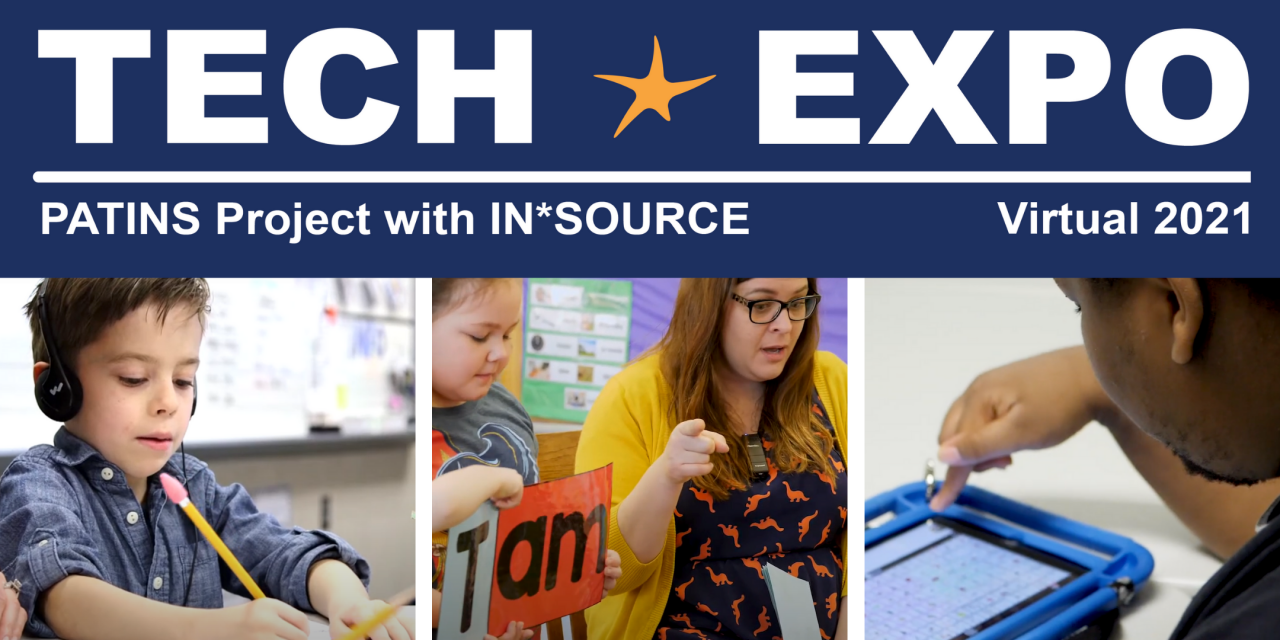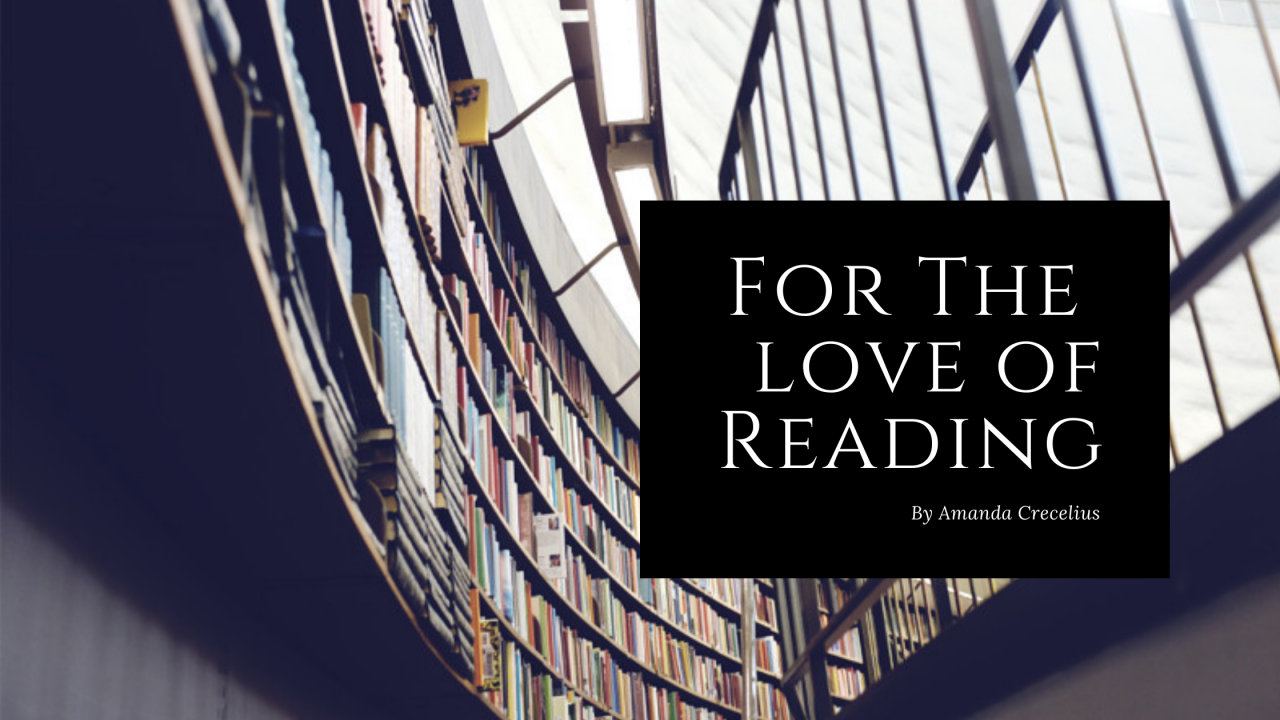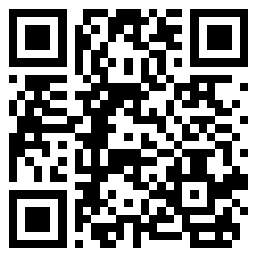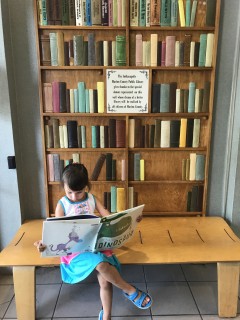In October of 2006, I was an assistive technology (AT) coordinator with PATINS and just four months into the job! As if the world of AT and Universal Design for Learning wasn't overwhelming enough to a new PATINS Coordinator, fresh out of the Intense Interventions classroom, I was about to be tossed head-first into the world of Accessible Educational Materials (AEM) as well! With help from Jeff Bond, I started the NIMAS and Digital Rights Managers (DRM) Podcast on October 6, 2006, when the Indiana Center for Accessible Materials (ICAM) was officially opened to the state of Indiana.
The ICAM was created that October of 2006, to support Indiana Local Education Agencies (LEAs) in meeting the National Instructional Materials Accessibility Standards (NIMAS) Regulations of the IDEA 2004. Provisions in this federal mandate require state and local education agencies to ensure that printed textbooks and related core instructional materials are provided to students with documented print disabilities in accessible formats in a timely manner. This was a huge step forward for access in that it was, essentially, the federal and state governments acknowledging that specialized formats of the same content was a necessary accommodation and that denying access to information because of a disability was a civil rights issue! While we were all beyond excited for this, we also saw the "fine print" that limited who could serve as a competent authority to qualify students with print disabilities, in order to receive these specialized formats. It was right then, that many of us committed to doing whatever it took to expand this! The first thing that the ICAM did was to develop our old Form 4, which helped, but most certainly did not alleviate the barrier.
During the 15 years since October of 2006, through thousands of conversations, demonstrations, and pleading, we've arrived at another milestone in accessible materials! Given the timing of my turn to blog again combined with the deeply important and impactful changes to who can certify students as qualified to receive Accessible Educational Materials derived from NIMAS files, I'm confident there is no better guest blogger for me this week, than our very own ICAM team of Jeff Bond, Sandy Stabenfeldt, and Martha Hammond!
"The ICAM under the guidance of the Chafee Amendment identifies the print disabilities as: Blind/Low Vision; Orthopedic Disabilities and Reading Disability resulting from Organic dysfunction.
In the cases of Blind/Low vision and Orthopedic disabilities, the qualifications have always been straightforward. In order to qualify to receive K-12 textbooks and core instructional materials in accessible formats rendered from NIMAS files, the student must have: (1) an Individualized Educational Plan (IEP); and (2) a certification of a print disability, by a certified Competent Authority (CA), on file with the school district. A CA is defined to include doctors of medicine, doctors of osteopathy, ophthalmologists, optometrists, registered nurses, therapists, professional staff of hospitals, institutions, and public or welfare agencies (e.g. social workers, counselors, rehabilitation teachers, and superintendents).
However, it was determined by the National Library Service (NLS) of the Library of Congress that Reading Disabilities from Organic dysfunction, dyslexia being the most frequently identified of this group, could best be confirmed by a doctor of medicine or a doctor of osteopathy. When the ICAM was created it was decided it would follow the NIMAS law as written. Still, the requirement for a doctor’s signature has historically been a barrier to receiving Accessible Educational Materials (AEM) for many students. This has also been an obstacle for the ICAM, because our goal from the beginning has been to provide AEM to any student who needs it.
The ICAM is ecstatic to announce that a change has been made. On February 12, 2021, the National Library Service (NLS) published the regulations that go along with the Library of Congress Technical Corrections Act of 2019. In addition to expanding the list of persons who may certify a student’s eligibility for accessible formats, the Library of Congress removed the requirement for certification by a medical doctor for those with reading disabilities. Educators, school psychologists, and certified reading specialists are now among the professionals authorized to certify students with reading disabilities. These guidelines have been revised to align with changes to copyright made by the Marrakesh Treaty Implementation Act (MTIA).
This is a profound procedural change, so it is not surprising that there has already been some confusion on how to interpret the law. So allow us to emphasize:
There is no change to the eligibility requirements. The student must have an IEP. The presence of a print disability is still a Case Conference determination. The change is who may certify reading disabilities resulting from organic dysfunction.
ICAM/IERC NIMAS Form 4 may now be signed by TOR, school psychologist or reading specialist. The ICAM has created a guide to provide clarification of the AEM process for the Case Conference Committee and is intended for use during the IEP meeting, please refer to this guide for additional support.
The last year has been a difficult one for students and for educators. Let’s celebrate this move forward together by providing paths to literacy for more students! Please contact the ICAM staff with any questions concerning this important policy change, or any AEM-related queries you may have, moving forward.
Learning is like rowing upstream: not to advance is to drop back. – Chinese proverb"
Big Thanks to our own ICAM team and the work that's gone into this already and all of the work that will continue as we strive to get accessible materials to ALL of the students who need them!




 awareness, vocabulary building, and comprehension. These strategies build the ability to read but do not necessarily create a love of reading. A love of reading is held in examples of others reading with their eyes and ears, of others sharing their reading experiences, of connecting stories and information to student’s interests, and allowing them to choose from and float around in the sea of reading options in the different formats including read-to-me, audio, parent/teacher/peer read alouds, ebooks, captions on videos, and physical books in large, small, and braille print.
awareness, vocabulary building, and comprehension. These strategies build the ability to read but do not necessarily create a love of reading. A love of reading is held in examples of others reading with their eyes and ears, of others sharing their reading experiences, of connecting stories and information to student’s interests, and allowing them to choose from and float around in the sea of reading options in the different formats including read-to-me, audio, parent/teacher/peer read alouds, ebooks, captions on videos, and physical books in large, small, and braille print.